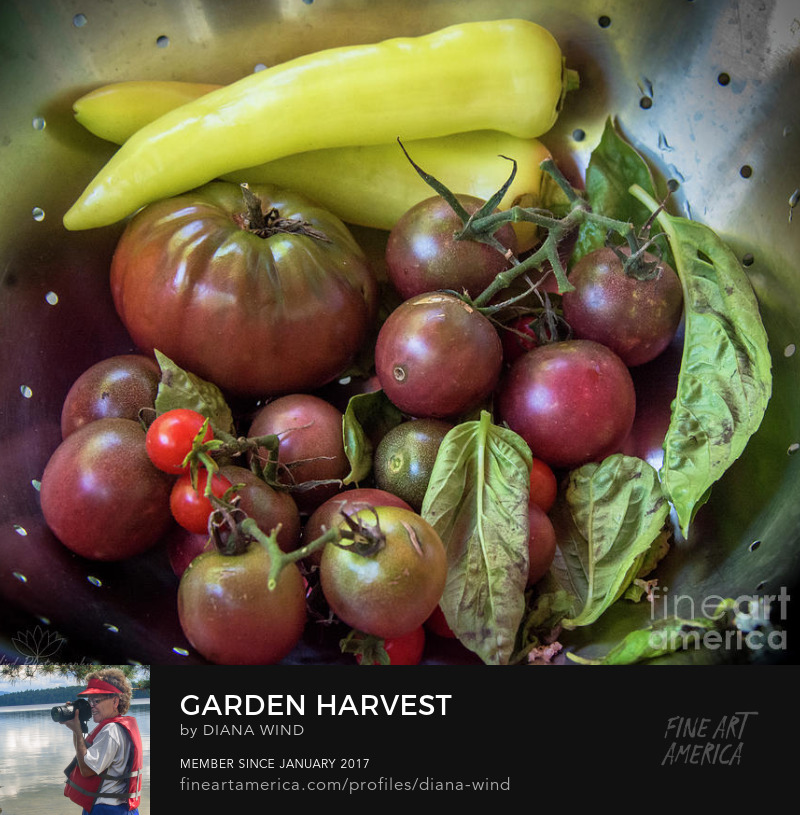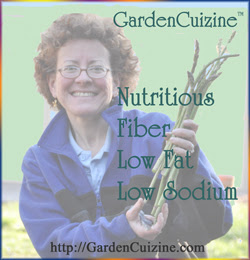~ No Added Salt ~
Quick Meal Chili
and Skillet Cornbread
Chili packs in protein, dietary fiber and good nutrition, including: Vitamins A, B6, C, folate and potassium from all the garden peppers and tomatoes. Compliment chili with a side garden salad and your favorite corn bread; or serve chili over brown rice or quinoa, for a quick and easy, healthy, lunch or dinner - any time of year.
You don't need to follow a recipe for chili. Be creative with ingredients that you have on hand. Try adding seasonal garden veggies and herbs. Two-bean and Three-bean Chili recipes are always winners. If you prefer to follow a recipe, below is my chili recipe from dinner last night.
Health tips
To keep the chili heart healthy, avoid adding any salt to the recipe when using canned diced tomatoes and canned beans. Read the food labels. Canned foods add plenty of sodium. Even after rinsing the beans, enough sodium will remain for good taste. And, keep in mind, more flavor will come from the cheese topping.
Ideally, you could grow and/or cook your own beans or purchase salt-free or reduced sodium canned goods to even better control the sodium content.
Skillet Cornbread
Try your corn bread recipe cooked in a cast iron skillet. It's really good that way! In the photo shown above Harry added flaxseed and chia seeds to the cornbread for added nutrition.
Adding minced jalapeno, corn and/or shredded cheese adds texture and taste to cornbread recipes too. I've added those ingredients both at home and in corn bread muffins when I worked at the White Dog Cafe in Philadelphia. The brunch guests loved our bread baskets!
Serves 6
Ingredients
1lb (~424g) Ground Beef, Turkey or Vegetarian Boca Burger Crumbles
1 medium Onion (178g) - diced or rough chopped
1 Tablespoon Garlic - minced
1 Tablespoon ground Cumin
2 teaspoons hot Chili powder
1 teaspoon Paprika or dried ground peppers from your garden
1/2 teaspoon hot Hungarian Paprika
1/2 teaspoon dried or fresh Oregano
Hot peppers (in addition to ground peppers, we often add a few minced dried or fresh hot peppers)
3 (14.5 oz., 411g) cans Diced Tomatoes
2 Carrots - diced
2 cans water (use one of the empty diced tomato cans)
2 cans (15.5oz, 439g) organic Kidney Beans (drained and rinsed to remove excess sodium)
Shredded Mexican cheese (or soy cheese)
Hot sauce
Sour cream (dairy or non-dairy)
- Simply cook whatever amount of ground beef, turkey or Veggie burger crumbles you want to use. Cook in the same pot that you plan on cooking the chili in. Remove the protein when cooked. Drain any grease.
- Add a few tablespoons of olive oil to the pot. Saute the chopped onion over medium-high heat.
- Add a generous amount of minced garlic; stir - cooking a few more minutes.
- Stir in seasonings (and remember NO ADDED SALT is necessary if you're using canned beans or canned diced tomatoes)
- Stir in diced tomatoes and carrots. Add 2 cans water. Bring to simmer; cover and cook until the carrots are tender.
- Stir in beans. Cook until beans are thoroughly heated.
- If you want to thicken the chili: use an immersion blender and blend a small amount, like you would when making a pureed soup, but just puree a little bit.
- Taste and adjust seasonings. Remember hot sauce can be added at the table
- Garnish with shredded Mexican cheese and/or sour cream
Serve with your favorite cornbread recipe
with added chia seeds and flaxseeds
~ Baked in a cast iron skillet ~
Buon Appetito!
Related Links
Blog post and photo collage Copyright 2012 Wind. All rights reserved.





















































